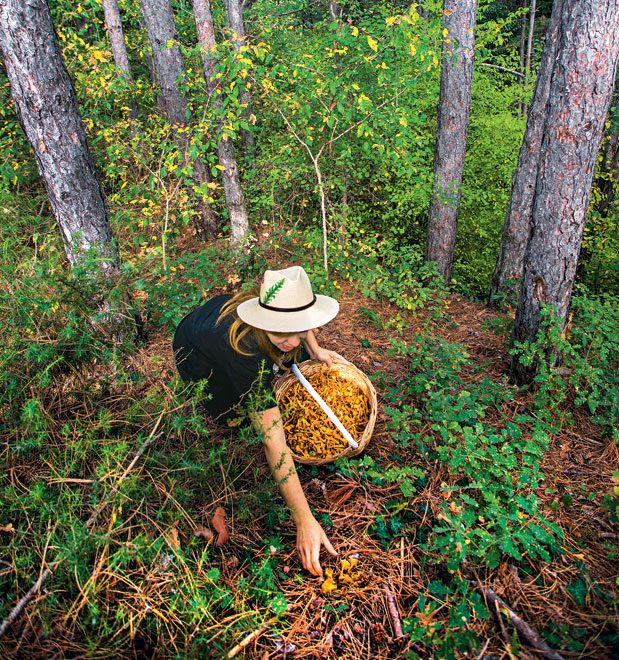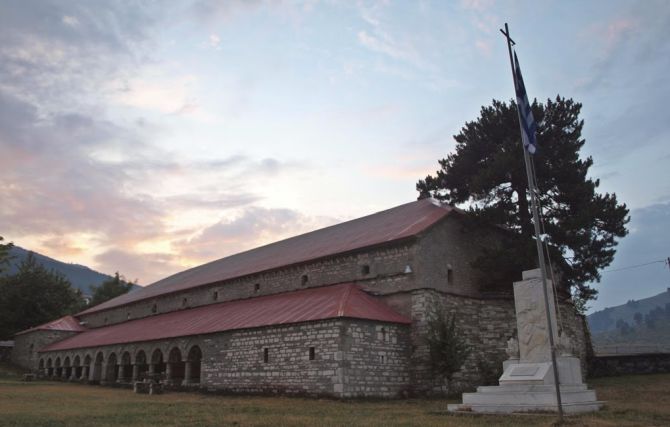Περιγραφή
Unique prehistoric findings in the Prefecture of Grevena: the largest tusks in the world are hosted at the Natural History Museum in Milia, Grevena.
Elephants depicted at the Natural History Museum in Milia, GrevenaUnique findings bring to light the prehistory of Grevena over time. First, the 200,000-year-old giant of Ambelia, that is, an elephant of warm climates, of the species Elephas (Paleoloxodon) antiquus, with a shoulder height of 4 meters, middle-aged (approximately 40 years old) with characteristic straight tusks, in contrast to the woolly mammoths Mammuthus primigenius of the glacial periods which had curved tusks.
Next are the 3,000,000-year-old giants of Milia, that is, huge mastodons (proboscideans, ancestors of today’s elephants), with a height of 3.5 meters and a weight of 6.5 tons, which had tusks in both jaws: larger in the upper and very small in the lower – a feature that disappeared with evolution.
The mastodons, along with other animals, show the picture of the past of the region that was very different from today: the paleoenvironment included vast expanses of savannah with rich and dense forests where scenes that inspired danger were played out.
Large carnivorous felines with huge serrated canines (scab teeth), bears, lynxes, wild animals hunted the herbivores, including rhinoceroses, hippos (small horses with three toes on their feet, while today’s horses have one toe), tapirs (relatives of rhinoceroses with a stubby trunk), cattle, deer and wild boars that roamed the area 3,000,000 years ago.
The Milia mastodons belong to the species Mammut borsoni, which is related to the American Mammut americanum. They got their name because their teeth had scattered tubercles that resembled tusks to grind their food, unlike elephants and mammoths, which are much younger and have wide lamellae on their large teeth.
For 17 years, systematic paleontological research and excavations have been carried out by the Aristotle University of Thessaloniki, Department of Geology, by a team of students and collaborators led by Assoc. Prof. Evangelia Tsoukala, first at the «Ambelia» site (on the outskirts of the city of Grevena) and then in Milia and in Priporos of Agios Georgios in the Municipality of Heraklion (since 1996, following information from Dimitris Zisopoulos and Thanasis Delivos respectively).
In 1997, the excavation team discovered the first pair of impressively large tusks (4.39 m long), which were the largest of their kind found in Greece, Europe and possibly the world, according to data from the Guinness Book of Records. The continuation of the research brought to light the lower jaw of the animal, one of the most complete of its kind in Europe, as well as bones from the rest of its skeleton.
In 2007, the remains of another fossilized animal heightened the mainly international interest in the area for the importance of the Milia region. The animal’s tusks, five meters long, are, without a doubt, the largest ever found in the world, while the identification of the lower jaw and a large part of the animal’s skeleton makes the find extremely important for research, as it provides unique data on the evolution, paleobiology and development of this particular species, on a global scale.
It allows us to calculate both the height of the mastodon and its weight. It is a male animal, whose biological age, as shown by the teeth in the jaw, is estimated to be between 25 and 30 years.
The results of the excavations provide us with extremely important information about the geological past of the area, about the species that inhabited it, about their origin and evolution, about the environment in which they lived, about the climatic conditions they preferred and about their geographical distribution. The study of the findings enriches knowledge about the ancient environment of the Greek region, as well as the evolution of species such as proboscis monkeys, giving a new dimension to the complex picture of the Natural History of both the region and SE Europe.


